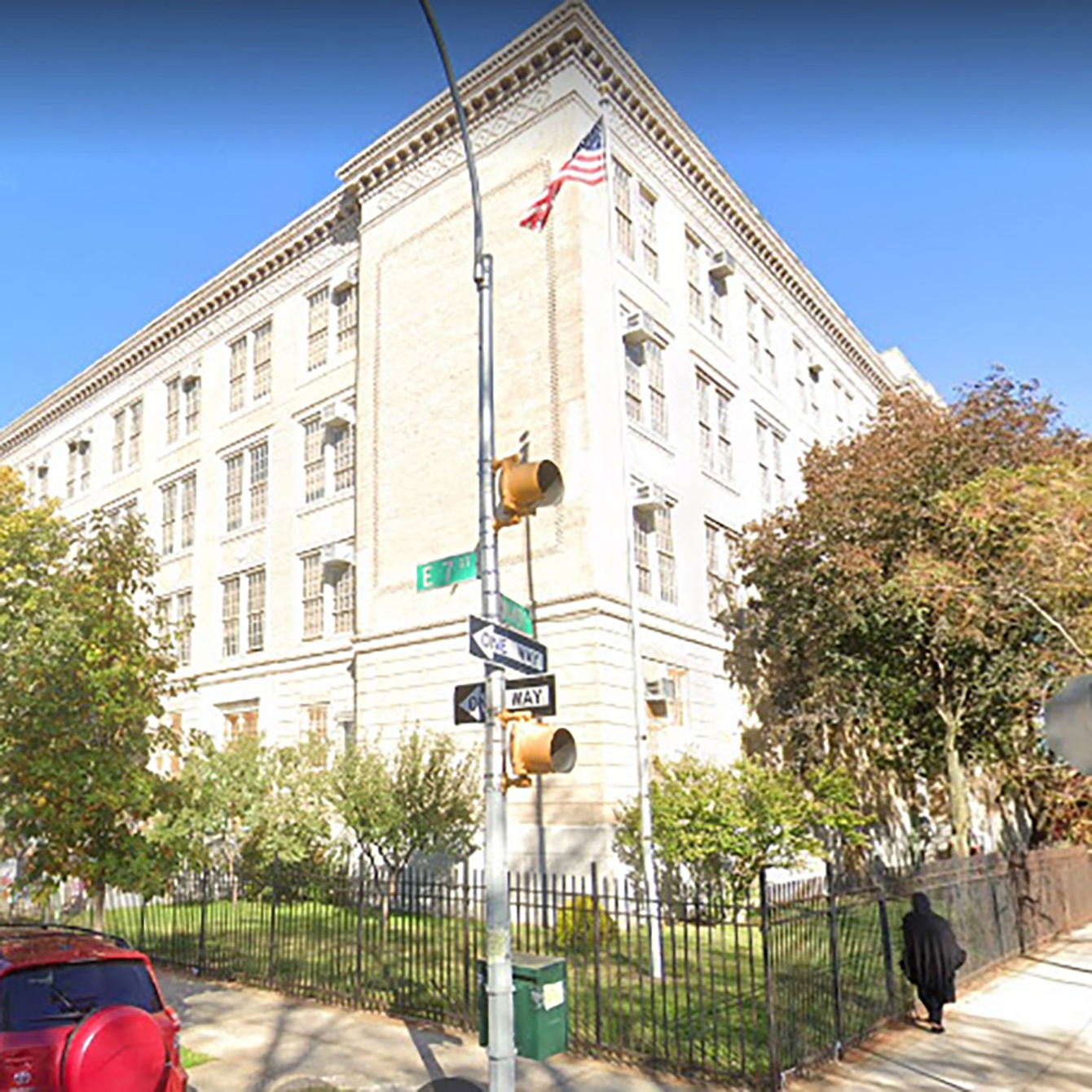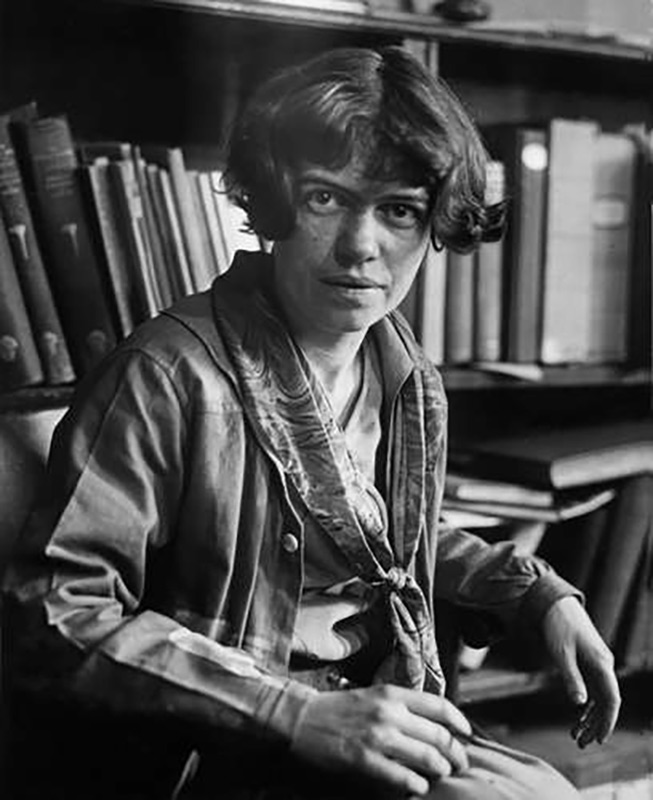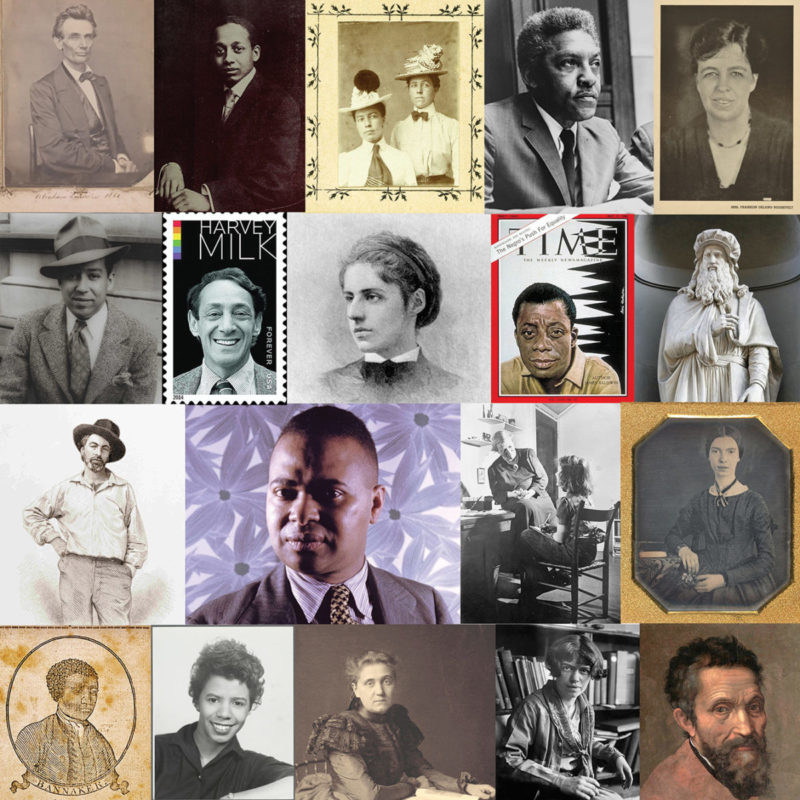
Margaret Mead Public School 209
overview
Many New York City public schools are named in honor of prominent figures in American and world history.
Margaret Mead Public School 209, in Brooklyn, inadvertently honors an LGBT individual.
History
Many New York City public schools are named in honor of prominent figures in American and world history. The NYC LGBT Historic Sites Project compiled a list of the 25 public schools named after gay men, lesbians, and bisexuals, although only one — Harvey Milk High School — intentionally honors an LGBT individual. This list includes Margaret Mead Public School 209, in Brooklyn, which opened in 1930 and was likely renamed for Mead in 1978.
Margaret Mead (1910-1978), a cultural anthropologist who became a famous personality through her speeches and work, was a graduate of Barnard College and Columbia University. The first of her 23 books was the best-selling Coming of Age in Samoa (1928), based on her field studies there. Mead served in a series of curatorial positions at the American Museum of Natural History, in Manhattan, between 1926 and 1978. As an anthropologist, she is best known for her studies of the peoples of Oceania, but she ventured into discussions of wide-ranging topics such as women’s rights, raising children, sexuality, and the environment. She co-authored A Rap on Race in 1971 with James Baldwin.
Mead was married three times to men, but also had relationships with women. One was with Ruth Benedict, who had been one of her professors at Columbia. Between 1955 and 1978, Mead lived and collaborated with anthropologist Rhoda Metraux.
Entry by Jay Shockley, project director (February 2021).
NOTE: Names above in bold indicate LGBT people.
Building Information
- Architect or Builder: Walter C. Martin
- Year Built: 1929-30
Sources
“Margaret Mead,” Britannica, bit.ly/2MPg3Tp.
“Margaret Mead,” Wikipedia, bit.ly/36GMpH1.
Do you have more information about this site?
This project is enriched by your participation! Do you have your own images of this site? Or a story to share? Would you like to suggest a different historic site?

